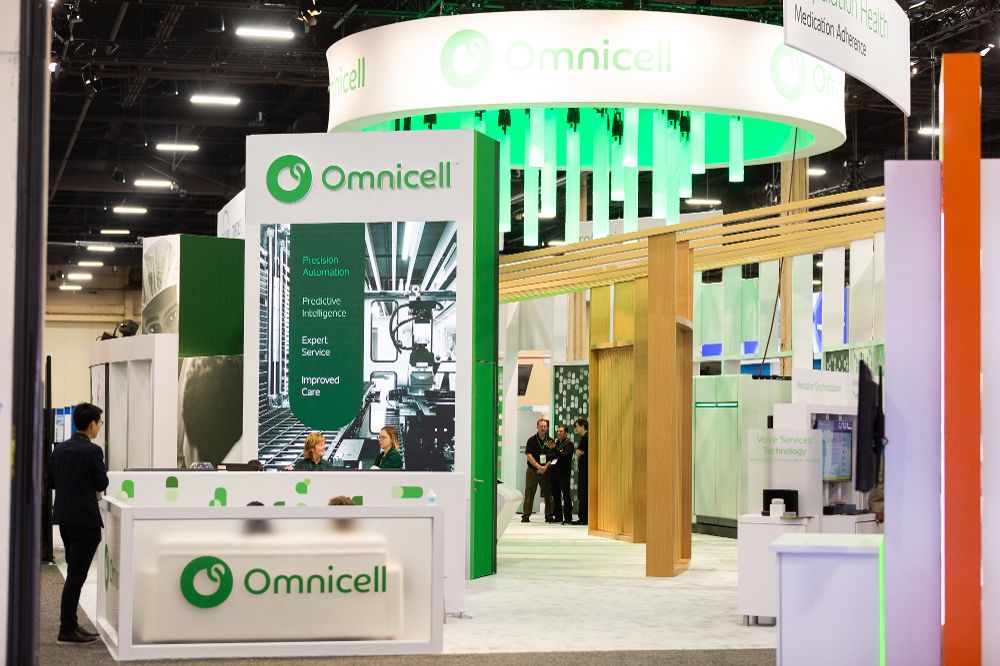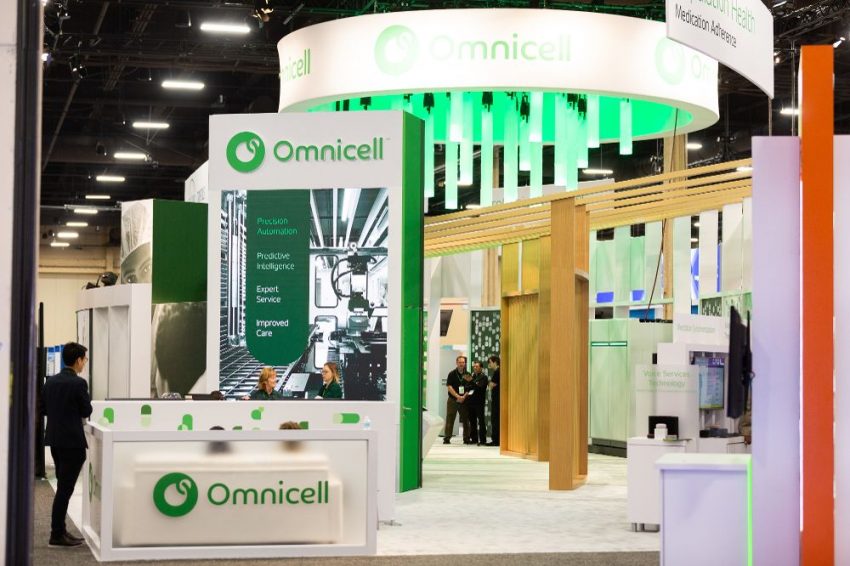After 18 tumultuous months, we’re excited to finally return to our first live event! We’re in Las Vegas this week attending HIMSS21, meeting with chief innovation officers, chief technology officers, vice presidents of IT, and clinical leaders to showcase how the Autonomous Pharmacy supports this year’s conference theme: Be the Change.

The 2019 HIMSS U.S. Leadership and Workforce Survey found that “ improving quality outcomes through health information and technology,” ranked at the top of providers’ list, second only to cybersecurity and privacy. In fact, the top seven ranked priorities were in some way related or solvable with clinical technology and data.
COVID-19 heightened the focus on how technology can drive change, especially in Pharmacy, where the opportunity to eliminate manual tasks and improve medication supply chain visibility can and will improve quality, reduce costs, and increase human efficiency.
Here are a few trends we’re seeing at the show this week:
Reducing administrative burden
As we have known for some time, occupational burnout in healthcare is placing a huge toll on our care providers and costing the industry billions – to the tune of nearly $4.6 billion dollars. While the focus has been on doctors, clinicians and primary care providers, pharmacists, too, are drowning under the weight of administrative work. Reports from The New York Times demonstrate how the increasing burden on clinical care teams can lead to errors which put patient safety at risk.
Our goal at Omnicell is to free the pharmacist from administrative tasks to focus time and attention on what matters the most—patients. The opportunity to automate medication management across the care continuum will give clinicians and staff the opportunity to form meaningful relationships with patients and practice at the top of their license.
The shift toward cloud-enabled technology
In a study by Deloitte, senior executives and decision makers cited the need to reduce spending as a key reason for shifting to cloud-based technologies. While adoption of modern technology is slower in healthcare due to its complexities, we see conversation, considerations, and need for cloud systems in clinical settings increasing.
That’s because cloud infrastructure allows for greater innovation and connectivity across the healthcare continuum. It means that health systems and pharmacies have the capacity to drastically improve operations, furthering their mission to address population health challenges that exist within local communities. As cloud-based technologies learn from our individual communities, clinical staff can better serve their patient populations.
Better Connectivity and Visibility
Lack of connectivity and visibility across disparate systems limits understanding of, and opportunities for, using rich patient and inventory data to make more strategic business and clinical decisions.
As cloud-based platforms evolve, healthcare entities will be able to capture a total view of patient health and leverage real-time data for more guided care on a patient-by-patient basis. The ability to have real-time, data driven insights will support quick clinical and business decisions on actions that will have greater impact on patient care and operational efficiency.
If you are attending HIMSS, stop by Booth #7530 to learn more about how technology and intelligence are driving change in pharmacy operations. Or watch this video to learn more about the Autonomous Pharmacy vision.

